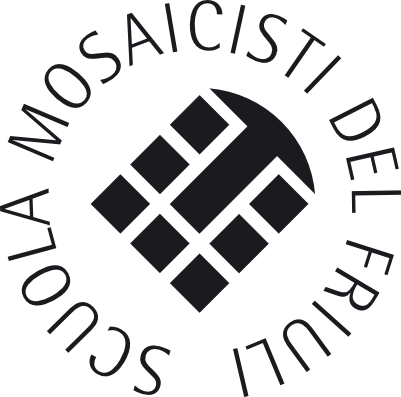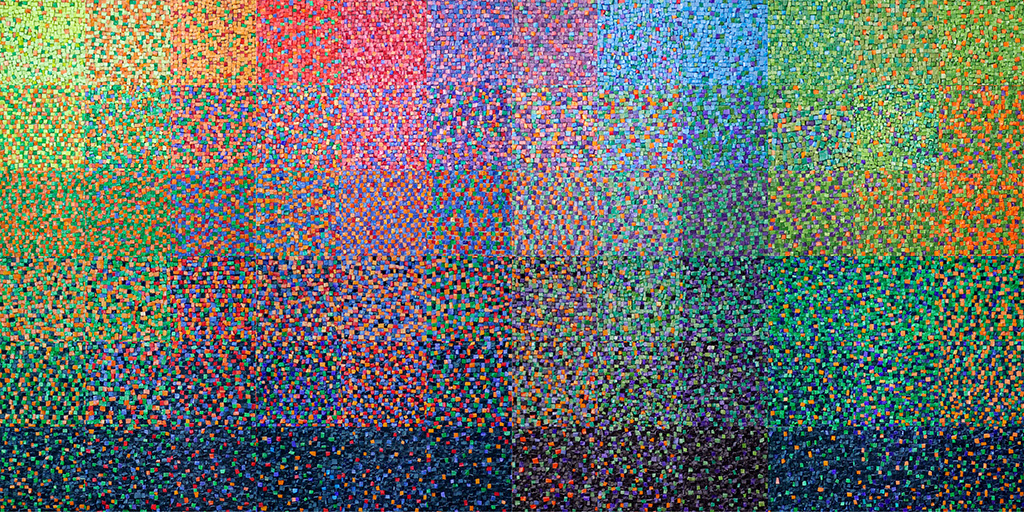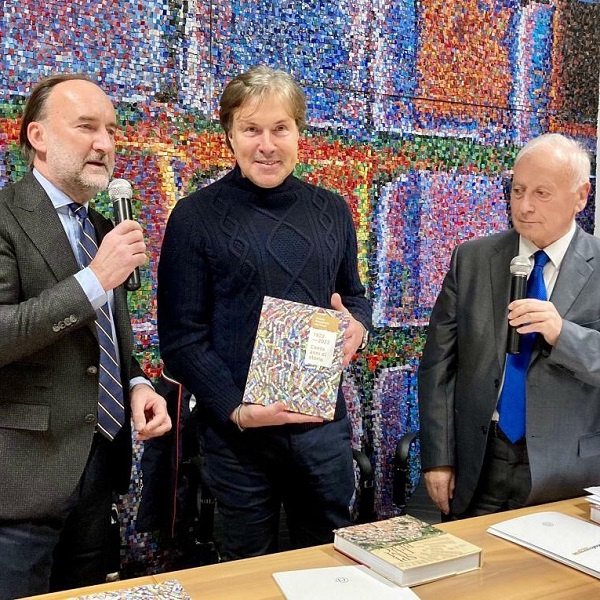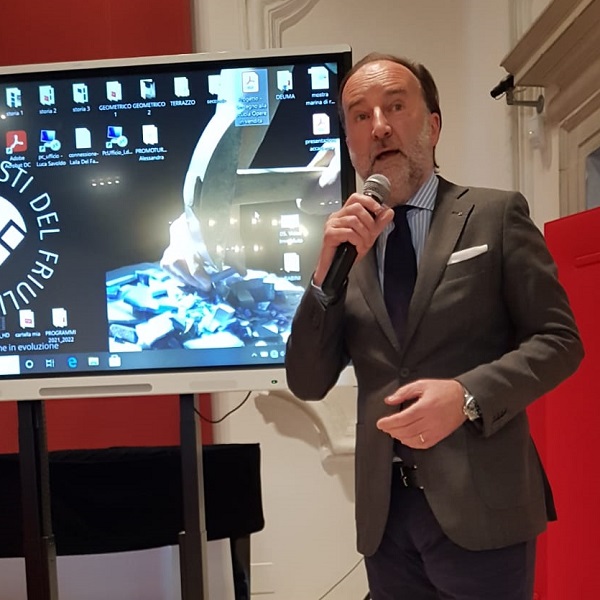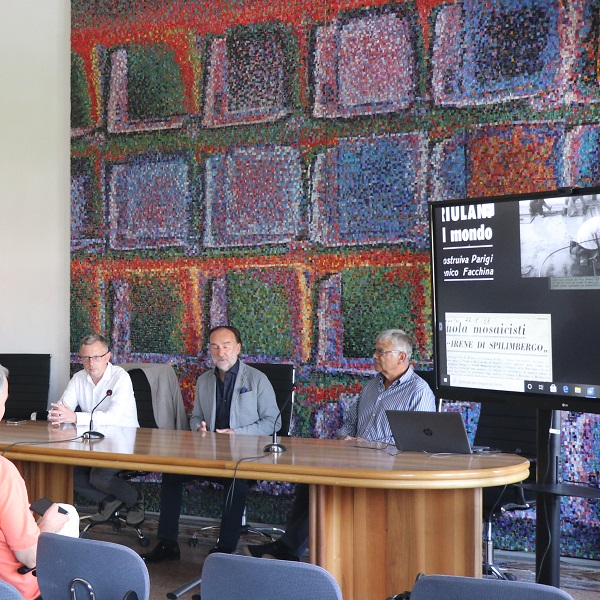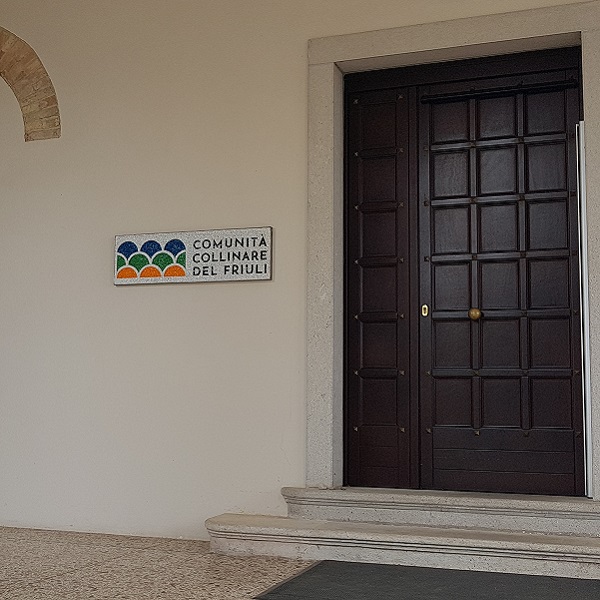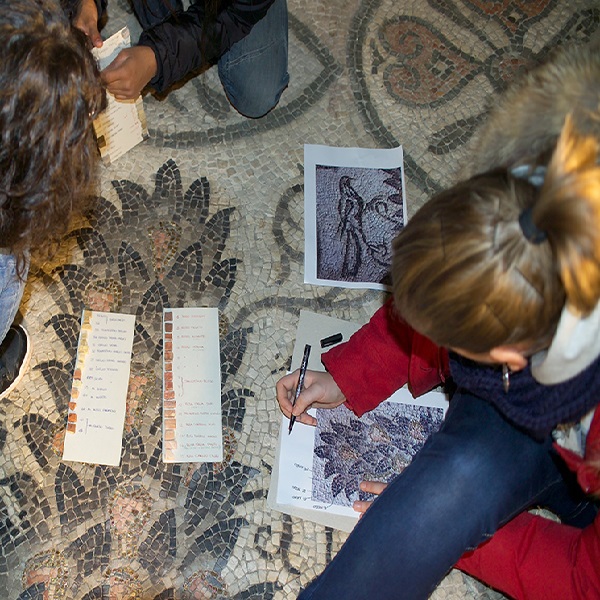
The Municipality of Aquileia enters the Consortium
The Consortium Assembly for the Scuola Mosaicisti del Friuli, which met on Wednesday 23rd October in Spilimbergo, accepted the request for membership made by the Municipality of Aquileia. To the corporate group, composed of the Friuli Venezia Giulia Region, the Municipality of Spilimbergo, Udine, Pordenone, U.T.I. Tagliamento, A.N.C.I. FVG, A.S.C.O.M. of Pordenone, Pordenone Chamber of Commerce, Pordenone Confartigianato, Pordenone Industrial Union, Concordia-Pordenone Diocese, Friuli hilly community and many other municipalities of Friuli for a total of 45 bodies, will therefore also add the Municipality of Aquileia, with the mayor Emanuele Zorino, representing an area recognized as a UNESCO site due to its ancient heritage.
Since the 1920s the Scuola Mosaicisti del Friuli has elected Aquileia as a place of study, from which to draw models to learn laying techniques and classical stylistic forms. Historical photos document educational visits to the National Archaeological Museum, the Basilica and the archaeological areas with those fragments of floor mosaics which later became examples of Spilimbergo. Even now, for the international students of the School, Aquileia is an essential destination, a place of excellence in the region to learn about the Roman mosaic.
In early October, within the municipal council of Aquileia, the proposal to join the Consortium for the Scuola Mosaicisti del Friuli was unanimously approved, a proposal also favorably welcomed by the Regional Councilor for Culture Tiziana Gibelli. With the recent approval of the Consortium Assembly, a process concludes favorably from which the School and the Municipality of Aquileia, engaged in the promotion and enhancement of its territory, will be able to benefit.
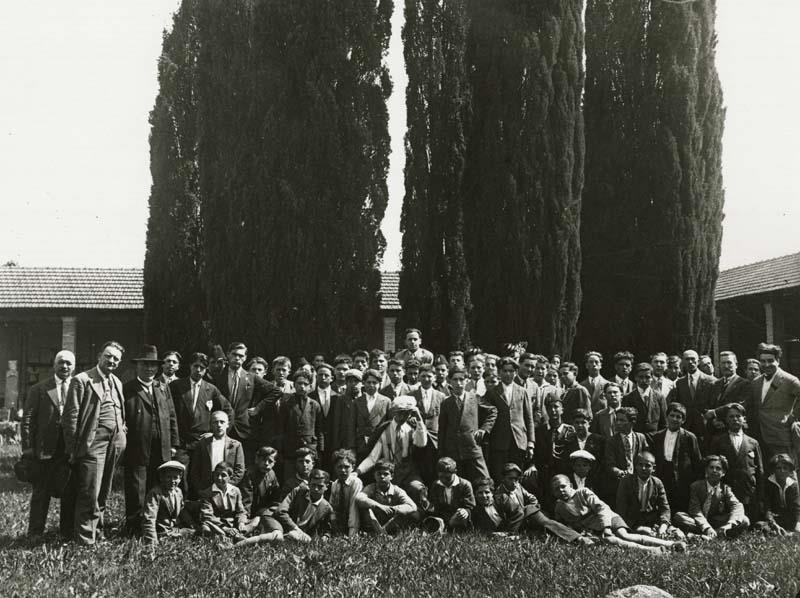
From the Archive of the Scuola Mosaicisti del Friuli: educational visit to the National Archaeological Museum on 2nd June 1930.


